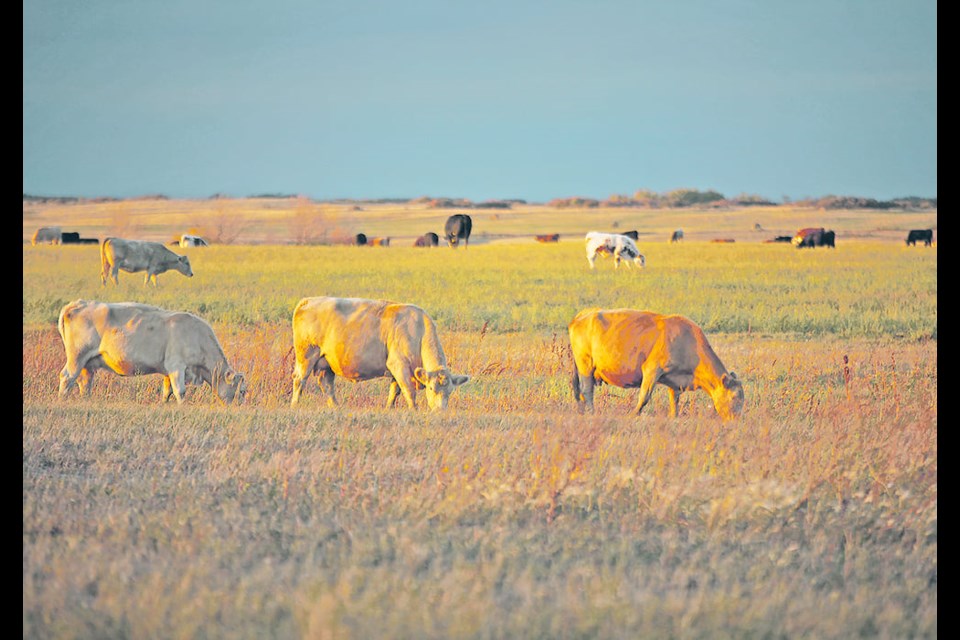WESTERN PRODUCER — The province is making up to $70 million available to help offset the “extraordinary costs” of feeding animals and maintaining breeding herds in Saskatchewan.
“Immediate measures are needed as farmers and ranchers deal with significant challenges due to drought,” Saskatchewan Agriculture minister David Marit said in a news release.
Eligible producers will receive up to $80 per head to maintain breeding stock for beef cattle, bison, horse, elk, deer, sheep and goats.
The program will be administered by Saskatchewan Crop Insurance Corp.
Keith Day, chair of the Saskatchewan Cattlemen’s Association, is thankful for the aid.
“Any assistance is welcome,” he said.
But some producers are going to require more to get them through the fourth or fifth year of drought on their farms.
“We look forward to a similar announcement from the federal government to provide their funding to ensure our producers get the help they need through these challenging times,” said Day.
Ray Orb, president of the Saskatchewan Association of Rural Municipalities, delivered a similar message.
“We are confident that the federal government is working together with the province to assess how they can provide additional support through AgriRecovery and look forward to seeing what that much-needed assistance will be,” he said in a news release.
Agriculture Canada issued a news release on the same day, but it was not the “similar announcement” producers were hoping for.
It announced an initial list of designated regions in British Columbia, Alberta, Saskatchewan and Manitoba where a Livestock Tax Deferral provision has been authorized in 2023.
The provision allows livestock producers who are forced to sell all or part of their breeding herd because of drought or excess moisture to defer a portion of their income from those sales to the following tax year.
“The income may be at least partially offset by the cost of reacquiring breeding animals, thus reducing the tax burden associated with the original sale,” the government stated in a press release.
The federal government said it is also working with provincial governments on joint AgriRecovery assessments of the drought and wildfires to determine if any additional support is required to cover the extraordinary costs incurred by producers.
“My heart goes out to farmers and ranchers who are affected by these extreme weather conditions,” federal agriculture minister Lawrence MacAulay said in a news release.
Day said producers can find “reasonably priced” feed, but it is usually a long way away and the cost of hauling it to the farm is expensive.
He estimates that feed accounts for at least 50 percent of the cost of wintering cows.
But feed isn’t the only issue producers are facing. If there isn’t a “serious rainfall” in some areas before freeze-up, there will be no runoff to fill their dugouts come spring.
Producers at a series of townhall meetings organized by SCA said downsizing is taking place in the south and west-central areas of the province.
“In the Cadillac area several producers said they have cut back 40 to 50 percent already in their herd size,” said Day.
“That’s the kind of effect it has.”
He worries that some older producers are going to exit the industry altogether because cattle prices have been quite good so far this fall.
Day said that would be a shame. He recently attended the Canadian Beef Industry Conference where there was plenty of optimism about future demand for Canada’s top-quality beef.
“I would encourage younger producers, especially, to just try to hang in there,” he said.
“If they can see a way through this drought, hang in there until things get better.”
Contact [email protected]



